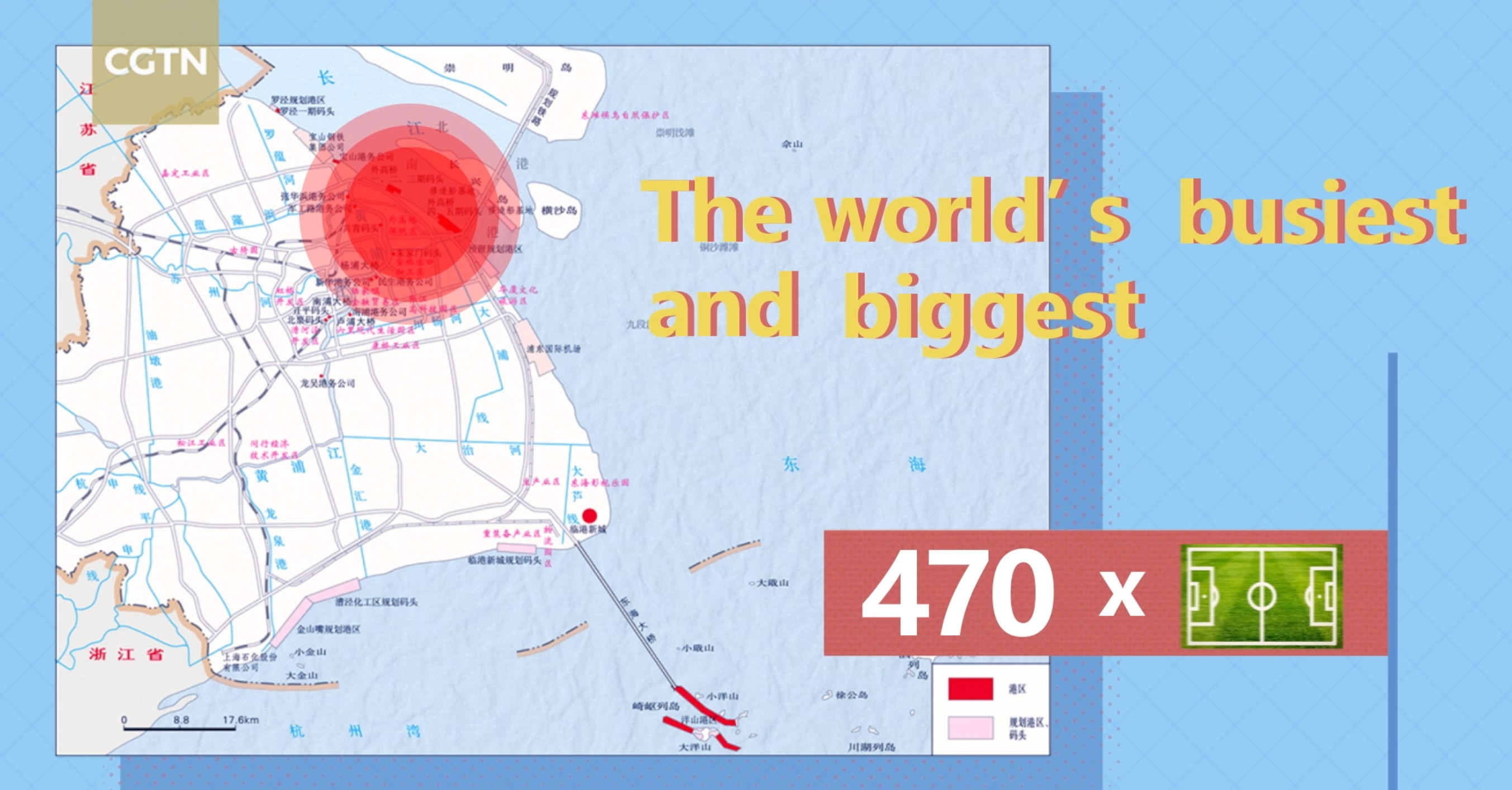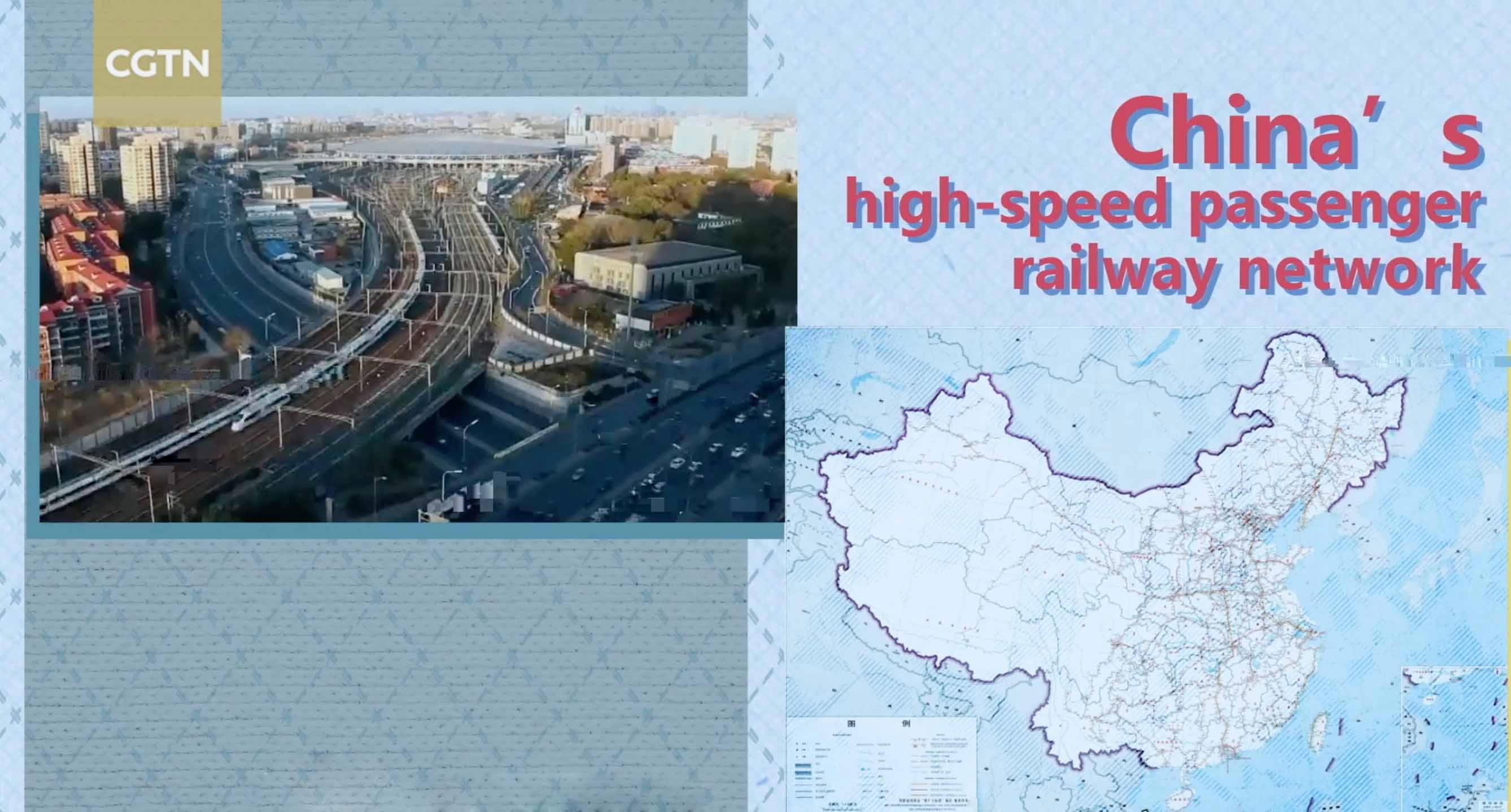
Business
15:56, 12-Oct-2017
Amazing China: How China became an 'Infrastructure Magician' (Part 2)
CGTN

Why would a foggy harbor in Shanghai get so much attention from the media? Simply because if a Chinese port is out of service, goods the world buys from China will run short of storage for the time being.
The Shanghai Port is the world's busiest and biggest container port, covering an area of 3.94 square kilometers or 470 soccer fields. It connects China with more than 600 ports in 214 countries and regions.
Annually, China exchanges 40 million standard cases – 3.6 billion tonnes of goods – with the world through this huge-capacity port.
Cars, computers, toys, bags, cosmetics and whisky are transferred from the port to overseas ports. It is no wonder congestion at the port receives so much international attention.

Shanghai Port. /CGTN Photo
Shanghai Port. /CGTN Photo
During the past five years, the Chinese government has made headway in port construction.
China boasts 34 ports with annual handling capacity of more than 100 million tonnes and 2,317 berths exceeding 10,000 tonnes, 1.3 times more than five years ago. Also, Chinese ports have occupied seven spots in the world's top 10 ports.
China is also leading the way with the scope and sophistication of its rail networks and rolling stock.
For example, a suspended train in Qingdao, east China's Shandong Province, runs at 70km/h, while in the southwestern municipality of Chongqing, the train is running through blocks of high-rising buildings.
But the most amazing part is China's leading position in operations and management.
China’s high-speed passenger railway network has extended to 40,000 kilometers, which could circle the globe.
The high-speed passenger train shuttling between Beijing and Shanghai is operated on the world's busiest route – with an annual passenger volume of 100 million, and a departure every three minutes during the busiest time.
Despite challenging operation times, trains in China usually score perfectly for punctuality.

China's high-speed passenger railway network. /CGTN Photo
China's high-speed passenger railway network. /CGTN Photo
The efficiency and safety of the train lines in China have been guaranteed by the world's most advanced train control and operating system.
Running conditions, bridge tracks, running speeds and even the axle temperatures are all real-time monitored.
Today, China has expanded its railway business to other countries.
CRRC, the world's largest supplier of rail transit equipment, has provided rolling stock for more than 100 countries and regions and the number continues to rise.
Wherever you are in the world, there's a good chance your train rides is a ‘Made in China’ carriage!
In 1990, China accounted for less than three percent of global manufacturing output. But 20 years later, it had surpassed the US to become the world's largest manufacturing nation.
Under the leadership of Chinese President Xi Jinping, the Chinese government has given priority to infrastructure development. In 2016 alone, it invested in 400 projects.
Even US President Donald Trump has noticed the infrastructure gap with China and wants to invest about a trillion US dollars to develop American infrastructures just to catch up with China.
Watch the first eight episodes of "Amazing China: A 5-year miracle" series below:

SITEMAP
Copyright © 2018 CGTN. Beijing ICP prepared NO.16065310-3
Copyright © 2018 CGTN. Beijing ICP prepared NO.16065310-3